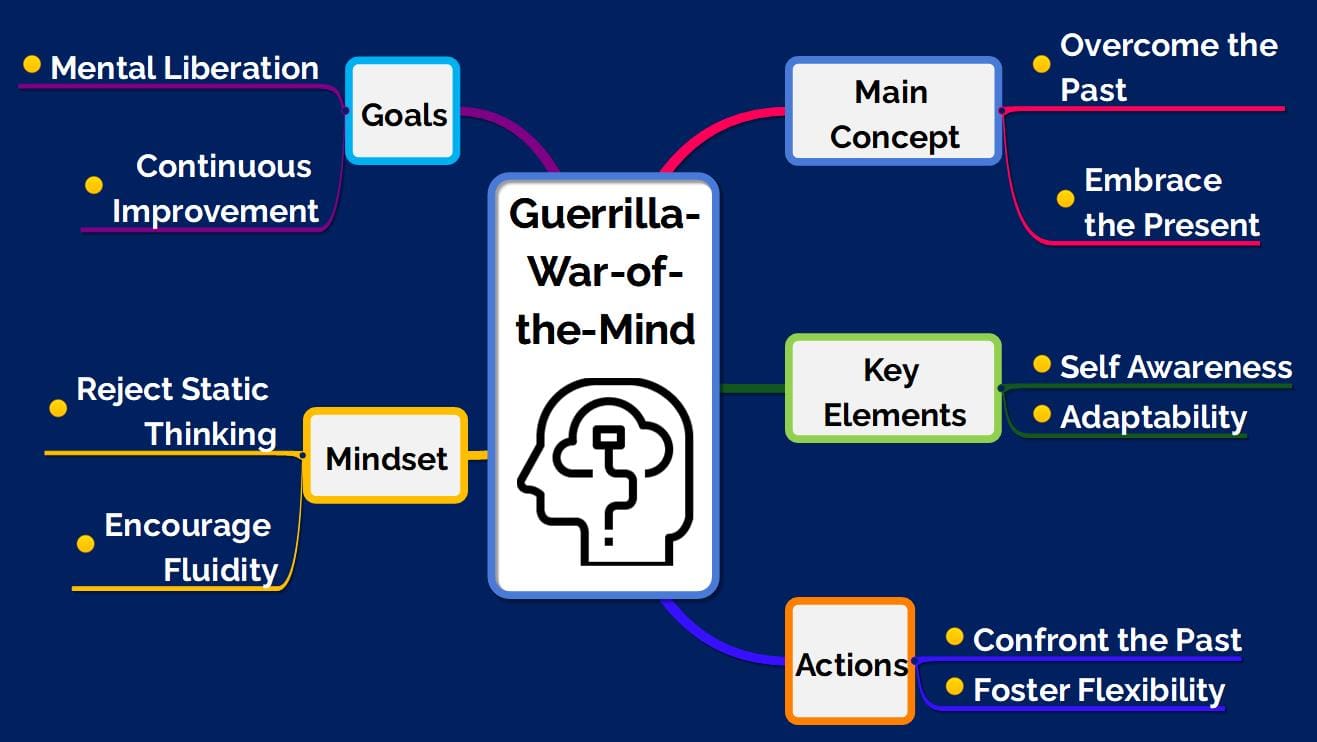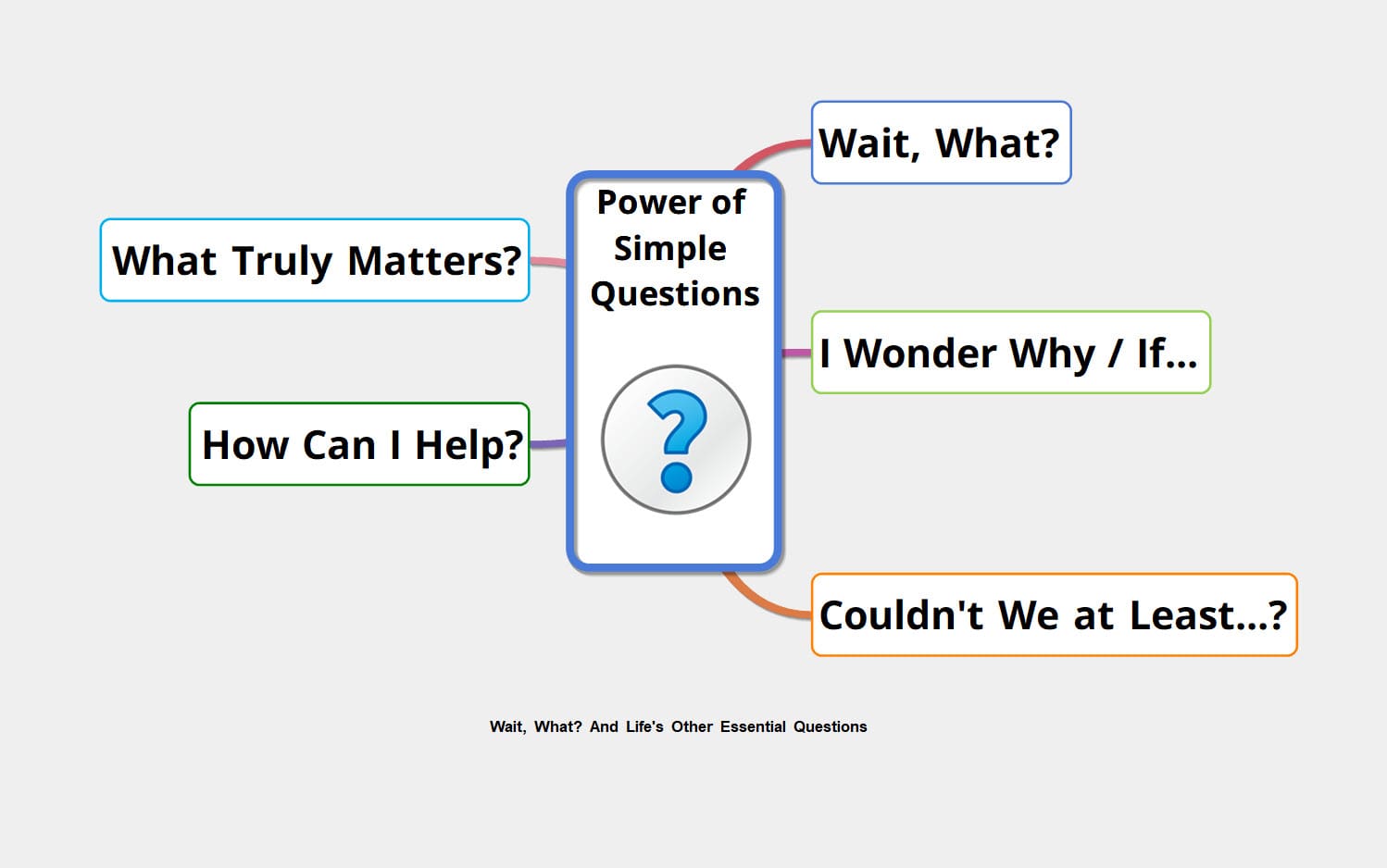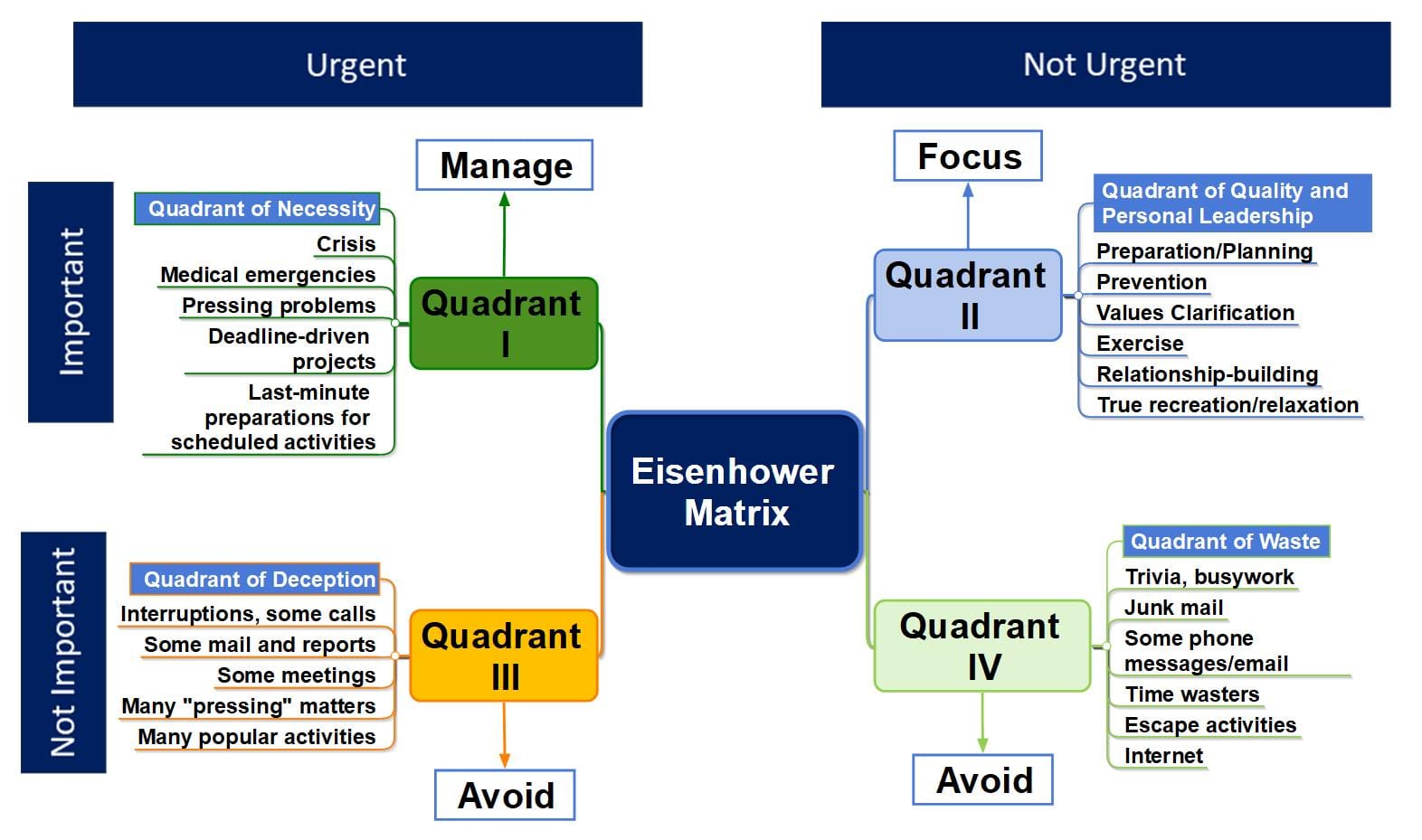In the ever-evolving business landscape, the ability to solve problems innovatively and creatively is not just a bonus; it’s a necessity. This necessity has paved the way for methodologies such as Design Thinking, a powerful problem-solving approach that offers a fresh perspective on tackling challenges.
Design Thinking is more than just a buzzword. It’s a tried-and-tested methodology widely employed across various industries. Be it product design, business strategy development, or even day-to-day decision making, Design Thinking has found its place as a tool for transformative and innovative solutions.
At its core, Design Thinking revolves around understanding the user’s standpoint. It challenges conventional thinking, pushing us to redefine problems in the quest for alternative strategies and solutions. What sets Design Thinking apart is its ability to illuminate solutions that might not be instantly apparent or intuitive.
The User-Centric Approach
What truly sets Design Thinking apart, and what arguably makes it so impactful in today’s business environment, is its user-centric approach. In a marketplace where customer satisfaction and loyalty are paramount, businesses and organizations need a way to intimately understand their users’ needs and expectations.
Design Thinking offers an effective means to do precisely that. By centering the user in its methodology, Design Thinking allows businesses to develop solutions that resonate on a deeper level with their audience. It’s not just about creating a solution that works; it’s about creating a solution that truly appeals to and satisfies the user.
The Continuous Cycle of Improvement
Another key aspect of Design Thinking is its iterative nature. It’s not a one-and-done solution. Rather, it encourages continuous testing and refining. This iterative process ensures the solutions provided are not static but evolve with changing user needs, preferences, and market conditions. The result? Optimal outcomes that keep users engaged and businesses thriving.
The Far-Reaching Impact of Design Thinking
The relevance and benefits of Design Thinking extend far beyond just the businesses employing this methodology. At the heart of Design Thinking is a commitment to creating real value for end-users. By focusing on the user, businesses can deliver products, services, and experiences that truly enrich and enhance their customers’ lives.
In conclusion, Design Thinking is not merely a powerful problem-solving tool. It’s a philosophy that puts the user at the heart of everything. By adopting a Design Thinking mindset, businesses can foster innovation, enhance customer satisfaction, and create real value at every step of the user journey.
As the landscape of business continues to evolve, one thing remains clear. Design Thinking, with its user-centric, iterative, and innovative nature, is here to stay. It’s time we leverage this powerful tool to create solutions that are not just effective but truly impactful.
Remember, great design is about more than just creating something that works; it’s about understanding and anticipating the user’s needs, wants, and aspirations, and creating solutions that truly resonate.







